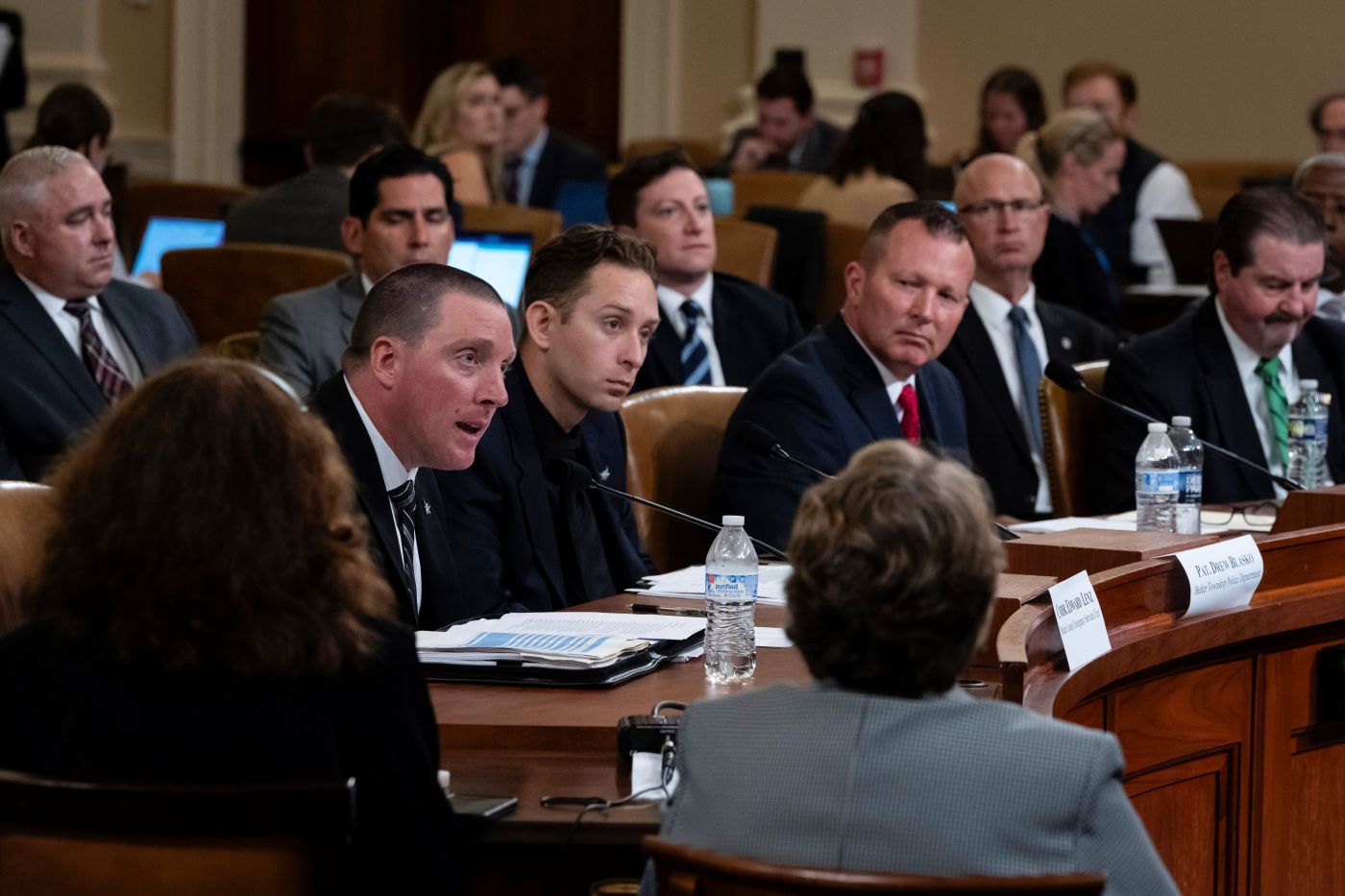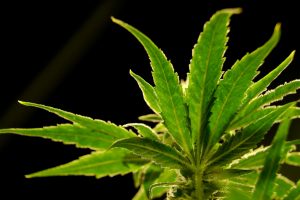
Lowry: Secret Service is a national embarrassment
If this is what the Secret Service has become, it’s a wonder that something worse than Butler, Pennsylvania, hasn’t already happened.
That event was terrible enough, with one rally-goer killed and Donald Trump coming within an inch of losing his life.
At the time, the Secret Service’s failure seemed unfathomable, and none of the revelations since — set out in a report by the Senate Homeland Security Committee — make it any better.
The Secret Service is given responsibility for avoiding a calamity that would traumatize the nation and derange its politics for years, perhaps decades, to come. Its competence is a matter of the utmost national consequence. Yet, the agency was bumbling and slow-reacting, a disaster waiting to happen.
The Senate report relates “multiple foreseeable and preventable planning and operational failures,” as an armed man was permitted to climb atop the roof of the American Glass Research building within 200 yards of where Trump was speaking and get off eight shots.
The story of how it happened is muddled by finger-pointing and confusion over who was in charge.
Secret Service advance agents didn’t know who was responsible for final decisions, and didn’t know who determined the security perimeter for the event. State and local law enforcement were responsible for the AGR building because it was outside the perimeter. But advance agents didn’t share planning documents with them, and didn’t ask for the operational plans of state and local law enforcement. Someone from Butler emergency services warned during a walkthrough that local law enforcement didn’t have the manpower to lock down the building.
Advance agents did suggest putting large trucks or other heavy equipment between the stage and buildings to block lines of sight, but nothing came of the idea.
The local officers and Secret Service agents operated on separate radio channels, and the only communications connection between the Secret Service and police communication centers was via cellphone. Some agents’ radios had technical problems or didn’t work, while the counter unmanned aerial system was inoperative at the time the shooter Thomas Matthew Crooks flew a drone over the rally site in the afternoon.
Crooks fired his shots at 6:11 p.m. At 5:44 p.m., the Secret Service security room got word that local police had spotted a suspicious person with a rangefinder near the AGR building. This should have been a five-alarm event, yet key Secret Service personnel weren’t told that local police had observed Crooks and lost track of him.
Three minutes before Crooks fired, a local law enforcement officer sent a radio alert that someone was on the AGR roof, with the Secret Service security room getting word a minute after that.
Given the contents of the Senate report, it’s not shocking that the Secret Service allowed another would-be assassin to get close to Trump just two months later.
An agency that should fade into the background because the quality of its work can always be taken for granted is instead a national embarrassment.
Rich Lowry is editor in chief of the National Review


